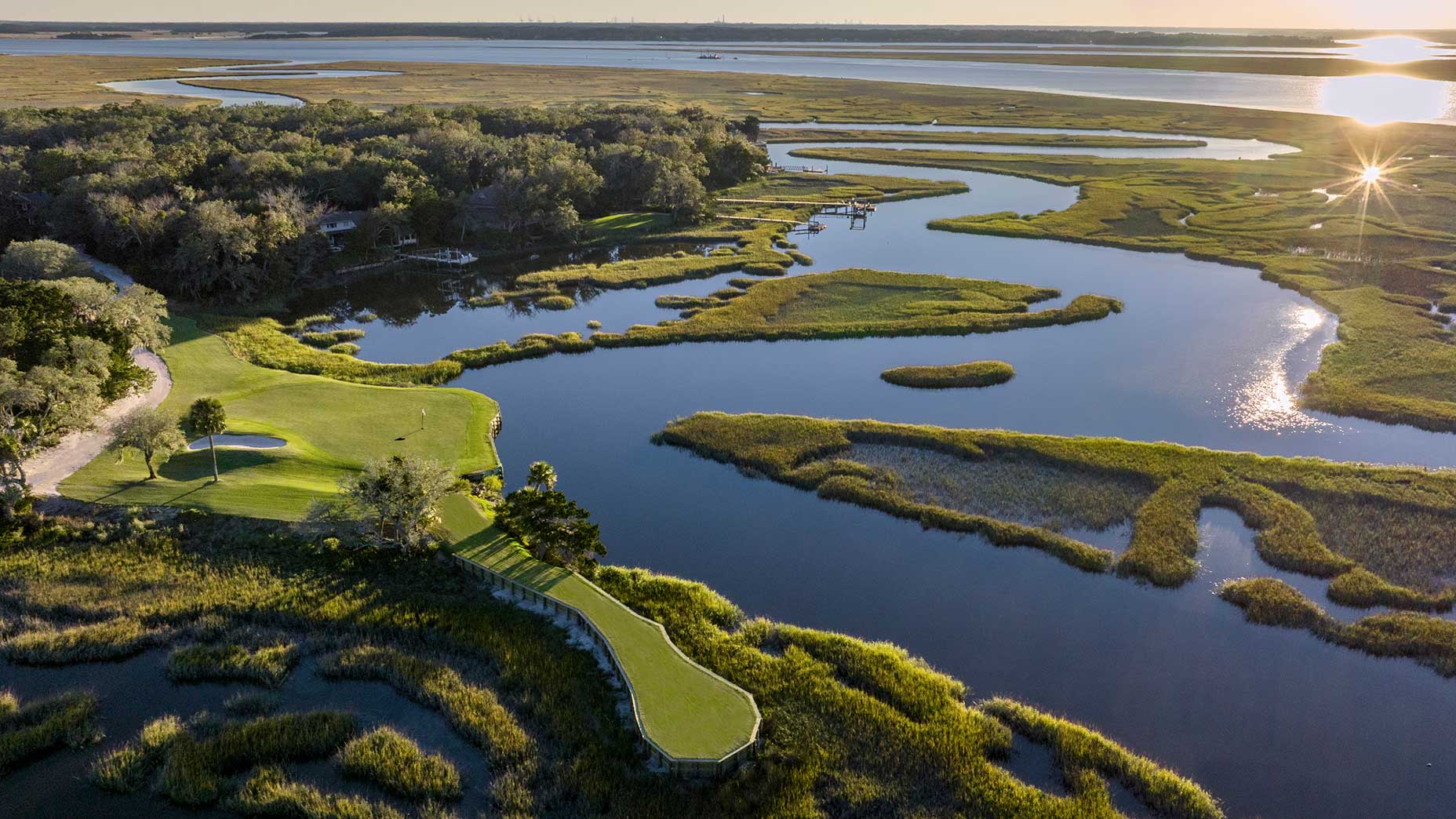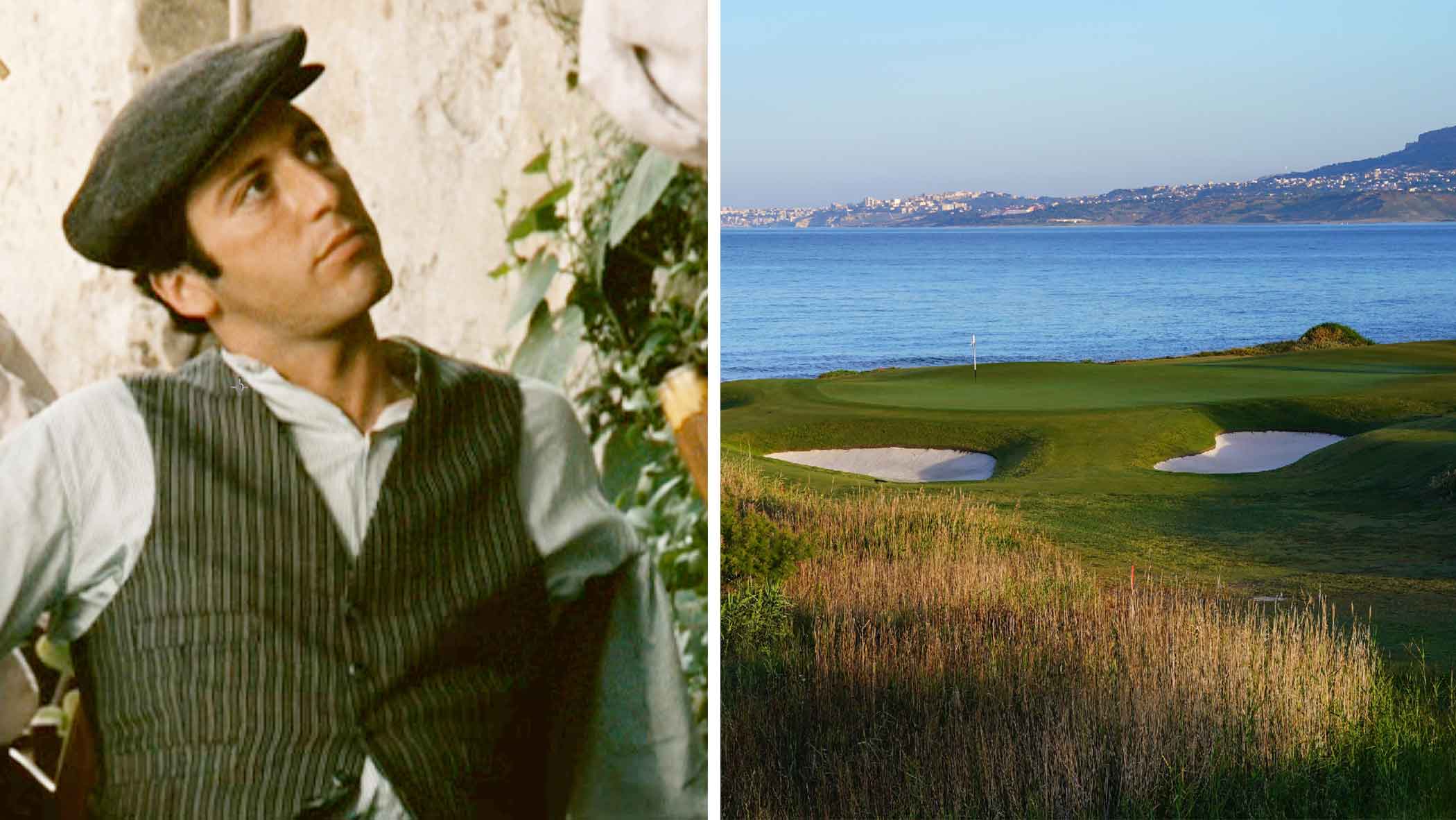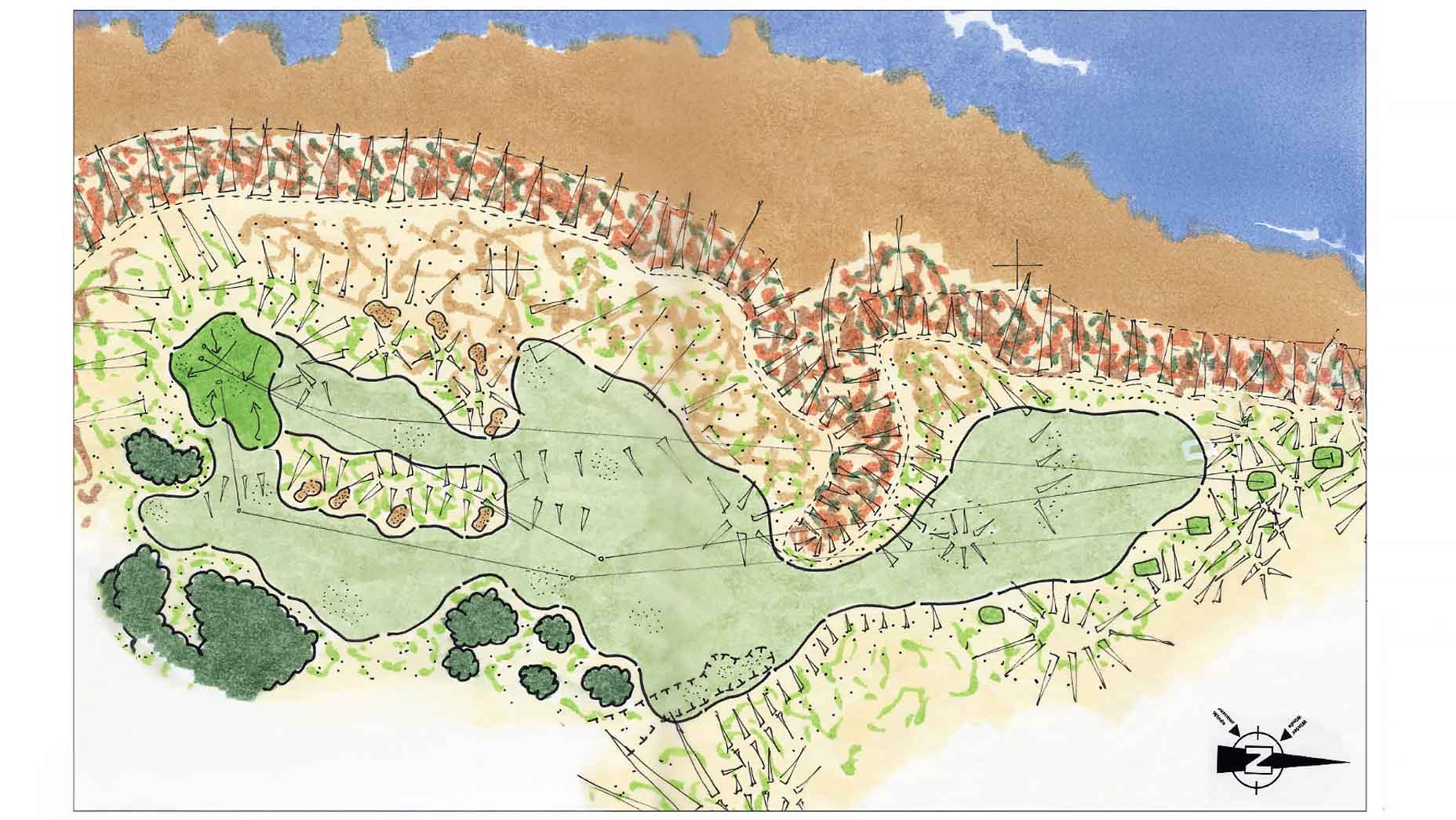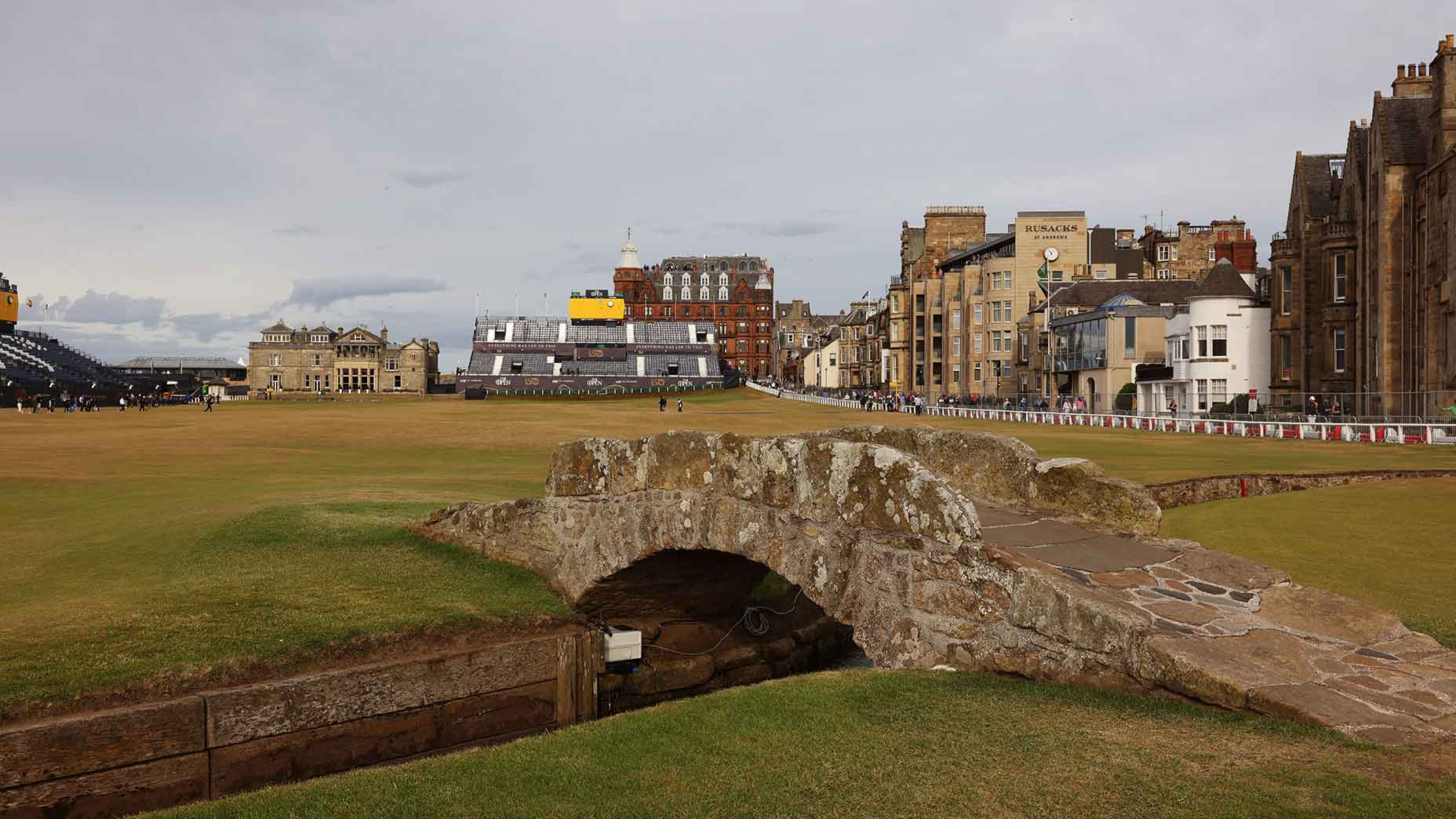 Above the Arctic Circle, a rising star is climbing GOLF’s World Top 100 list
Above the Arctic Circle, a rising star is climbing GOLF’s World Top 100 list
What are template holes? Here’s why they are still so important to golf design
Welcome to A Beginner’s Guide to Golf Course Design, where we’ll dig into the history, design and meaning of golf course architecture terms you’ve probably heard before but might not fully understand. We’ll explain all of the above in an accessible Q&A format, and better yet, teach you how to identify these features and plan your attack for the next time you see one, saving you strokes along the way. In this installment, we’re breaking down template holes.
OK, let’s start from the beginning. What is a template hole and who came up with it?
Template holes all begin with Charles Blair Macdonald. Golf in America wouldn’t look anything like what it does today without the Chicago native. Macdonald took up golf while in college at St. Andrews, and when he returned to the States he started to design Chicago Golf Club in Wheaton, Ill., in 1896, which would become the first 18-hole golf course in the United States.
While studying courses in the Isles, Macdonald found around 20 different “model” holes that he believed would be fun and playable for both the beginner and expert. He realized the best golf courses used a variety of these holes, which we now refer to as templates holes. On this inaugural design at Chicago Golf Club, Macdonald built many of the holes to resemble his favorite template holes from the British Isles, taking designs from well-known courses like St. Andrews, Prestwick and North Berwick.
It is important to point out that these are templates, not duplicates. But they are general ideas that, when fit into the surrounding, are some of the greatest holes in the world.
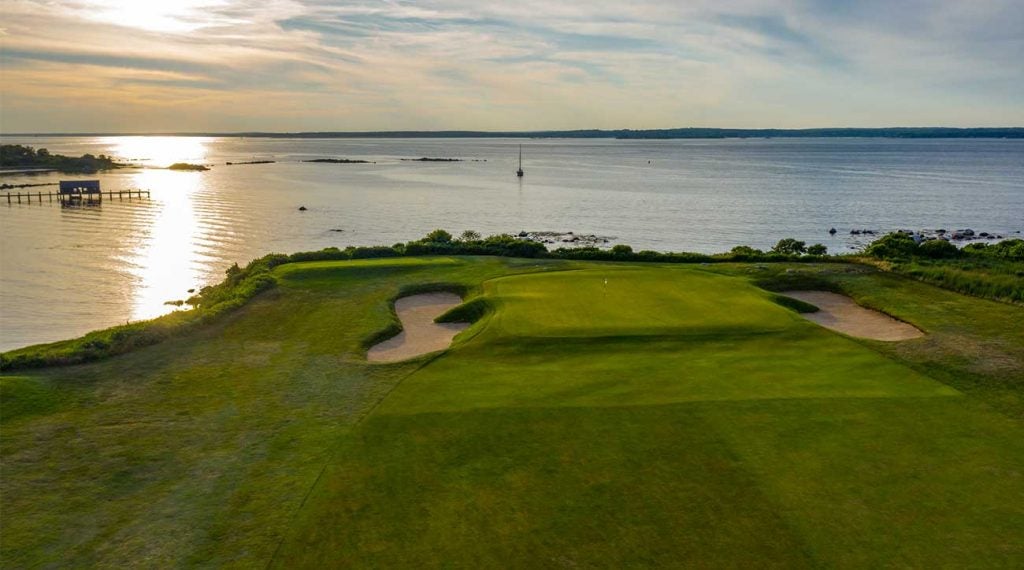
But why are there so many template holes and so few Macdonald courses?
While building the National Golf Links of America, Macdonald met and hired Seth Raynor, a civil engineer who studied at Princeton, to survey the land. Raynor quickly changed his career to be a golf course architect in his own right. Macdonald taught Raynor many of the principles he would continue to use, including the importance of the template holes. Raynor courses often have a bold, harsh or geometric feel due to his ability to effectively move large amounts of land. But he was an expert at making these severe movements feel as if they fit naturally into the surrounding. Some common features include squared greens and bunkers well below the surface of the green. When Macdonald became tired of designing courses, he essentially handed the entire business off to Raynor.
While Macdonald and Raynor are the two known for template holes, they are certainly not the only ones to use them. Almost every great architect has made use of template holes on their greatest courses, including A.W. Tillinghast, Donald Ross and George Thomas.
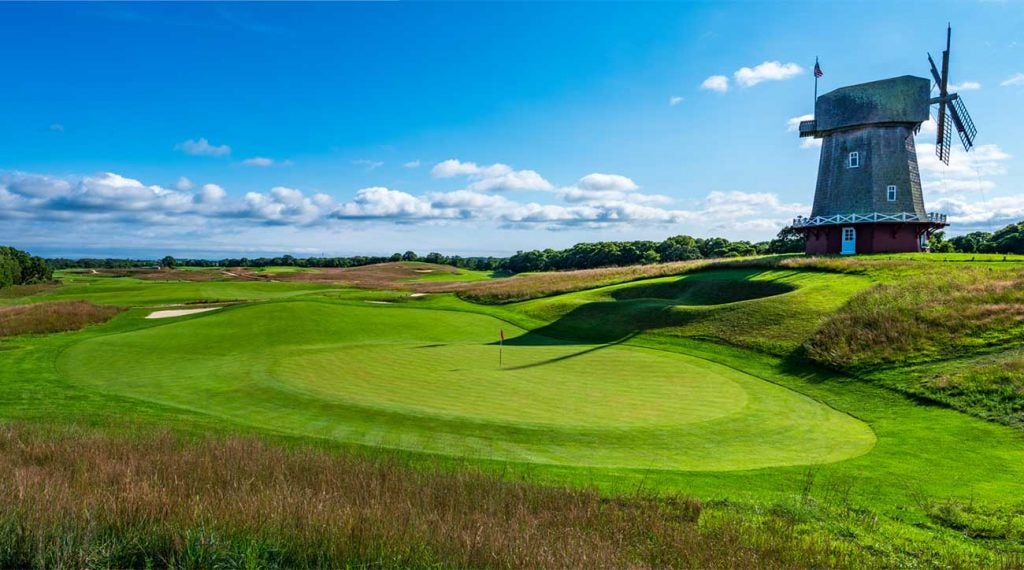
ADVERTISEMENT
Do the new guys use templates too or are they a thing of the past?
Template holes were not only built by golden age architects, but by modern architects such as Tom Doak, Bill Coore and Ben Crenshaw. Old Macdonald, at Bandon Dunes, built by Jim Urbina and Tom Doak, is loaded with template holes, in homage to Macdonald himself. Other modern architects like Gil Hanse have worked extensively to reconstruct Macdonald and Raynor designs at places like Sleepy Hollow.
Shouldn’t these be outdated by now?
Macdonald’s masterpiece is NGLA, and many of the holes are templates — perhaps the greatest collection of template holes in the world. (Some argue that Macdonald’s templates at NGLA are better even than the holes they were modeled after.)
Chicago Golf Club and NGLA are still recognized as two of the top courses in the world, and not just due to feelings of nostalgia. These courses hold up today with modern golf clubs and balls. It’s clear that template holes, when done correctly, stand the test of time.
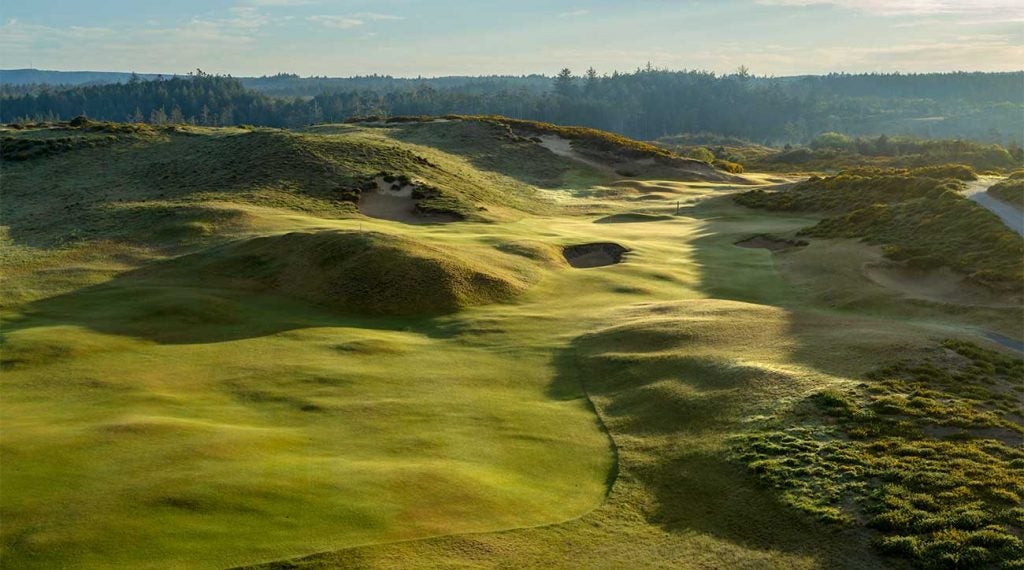
So are some template holes used more than others?
Absolutely. While many of the templates have stayed in style and are extremely popular, particularly the Redan, others have had their ups and downs. Punchbowls were not popular in design for a long time but are a blast to play when you find them. Some holes are difficult to recognize as a template, while others feel obvious. For example, a Short Hole is a shorter par-3 almost always with heavy bunkering or a harsh penalty for missing the green.
OK, throw some names at me. What are holes called?
We thought you’d never ask! Here’s a little list, and in future articles we will dive into the details of many of them.
Alps
Leven
Double plateau
Redan
Long
Cape
Narrows
Valley
Bottle
Maiden
Biarritz
Hogs back
Eden
Punchbowl
Plateau
Dogleg
Lions mouth
Knoll
Road
Lido
Sahara
Short
To receive GOLF’s newsletters, subscribe for free here.
ADVERTISEMENT

